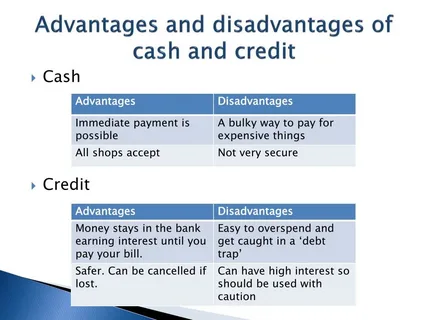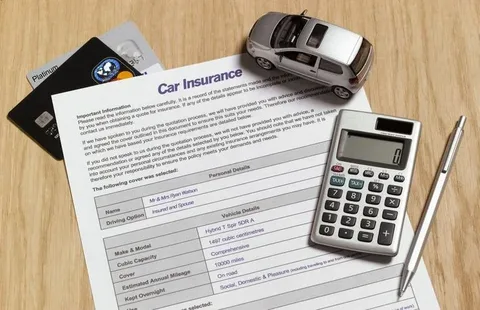
Pay-Per-Mile Insurance Explained: Advantages vs. Disadvantages
Introduction As auto insurance costs continue to rise, many drivers are searching for more affordable…

Introduction As auto insurance costs continue to rise, many drivers are searching for more affordable alternatives. Pay-per-mile (PPM) insurance has emerged as an attractive option, particularly for those who drive fewer miles than average. Unlike traditional auto insurance policies that charge a flat premium, pay-per-mile insurance bases your costs on how much you actually drive, potentially saving low-mileage…

Meta Description: Wondering if pay-per-mile car insurance is worth it? We break down the benefits, drawbacks, cost savings, and best drivers for this usage-based policy. Introduction With rising auto insurance costs, many drivers are looking for ways to save—especially those who don’t drive often. Pay-per-mile (PPM) car insurance offers a unique alternative to traditional policies by charging drivers…

Meta Description: Is pay-per-mile auto insurance right for you? Discover the pros, cons, best providers, and who benefits most from this usage-based coverage. Introduction Auto insurance is evolving, and pay-per-mile (PPM) insurance is gaining popularity among low-mileage drivers. Unlike traditional policies with fixed premiums, pay-as-you-drive insurance bases costs on actual miles driven, potentially saving money for those who don’t commute…

As more college students move into off-campus apartments, many are surprised to find that landlords require renters insurance as part of the lease agreement. While it may seem like just another expense, this requirement protects both tenants and property owners. In this comprehensive guide, we’ll break down:✅ Why landlords insist on renters insurance✅ How it benefits both renters and…

Renting an apartment or dorm as a college student comes with excitement—and responsibility. While you focus on classes and social life, protecting your belongings is crucial. College student renters insurance is an affordable way to safeguard your stuff from theft, damage, or accidents. In this guide, we’ll cover:✅ What renters insurance covers for students✅ Common misconceptions about…

Introduction: Why Every Off-Campus Student Needs Protection Moving into your first off-campus apartment is exciting – until a burst pipe ruins your laptop or a break-in steals your textbooks. Surprisingly, 76% of college students don’t have renters insurance, often because they assume: This 2024 guide reveals:✔️ The 5 best cheap renters insurance companies for students (including one at $4/month)✔️ Little-known discounts like “good student”…

Introduction: The $5/Month Protection Most Students Skip When your child leaves for college, you pack them with dorm decor, textbooks, and a laptop—but 68% of students forget one critical thing: renters insurance. Many assume their belongings are covered under your homeowners policy or their landlord’s insurance, but that’s a dangerous myth. A single theft, fire, or accident could…

Introduction: Why Every Off-Campus Student Needs Renters Insurance College students living off-campus face unique risks—from stolen laptops to accidental kitchen fires. Yet 68% of students skip renters insurance, assuming their landlord’s policy or parents’ coverage protects them. Spoiler: It doesn’t. This 2025 guide covers:✔️ What renters insurance really covers (and 3 costly myths debunked)✔️ 2025’s cheapest policies (options under $10/month)✔️ Little-known discounts like “good student” and alumni group…
![Flood Insurance for Coastal Properties in [State]: A Complete 2024 Guide](https://neweyou.site/wp-content/uploads/2025/04/5-1.webp)
Introduction: Why Coastal Homes Face Unique Flood Risks Coastal properties in [State] are 3–5x more likely to flood than inland homes, with risks from:✔️ Hurricane storm surges (e.g., [State-specific example like “Hurricane Ian in Florida”])✔️ King tides and rising sea levels ([State]’s coasts are rising X inches per year)✔️ Erosion undermining foundations This guide reveals: Section 1: [State]’s Coastal Flood Risk Explained FEMA Flood Zones for…

Introduction: Why Flood Insurance Costs Are Rising – And How to Fight Back Flood insurance premiums have increased by over 200% in some states since FEMA’s Risk Rating 2.0 rollout. Homeowners in high-risk zones now pay 1,200–1,200–5,000 annually, while even low-risk areas face rising costs. But there’s good news: You can legally reduce your premiums by up to 60% with…